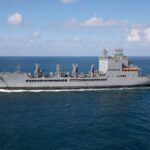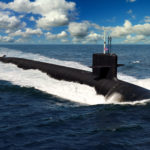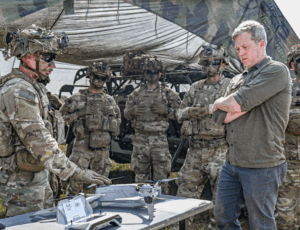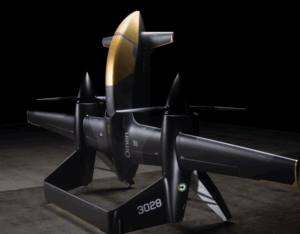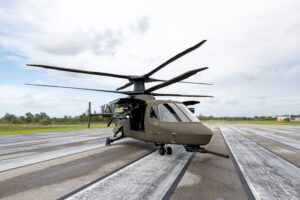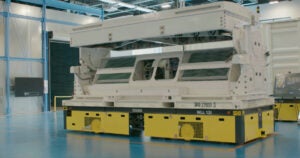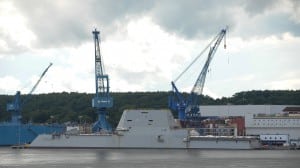
The Navy is going to increase the manpower on the first of a new class of land attack destroyers known as the Zumwalt-class DDG-1000s to account for greater need in propulsion plant engineering and information technology networks, the service’s program manager said Tuesday.Capt. Jim Downey said the number of sailors on the ship will now “max out” at 175, a figure that includes a helicopter crew and a baseline crew of 147, an increase of 17 over the previously revised…

